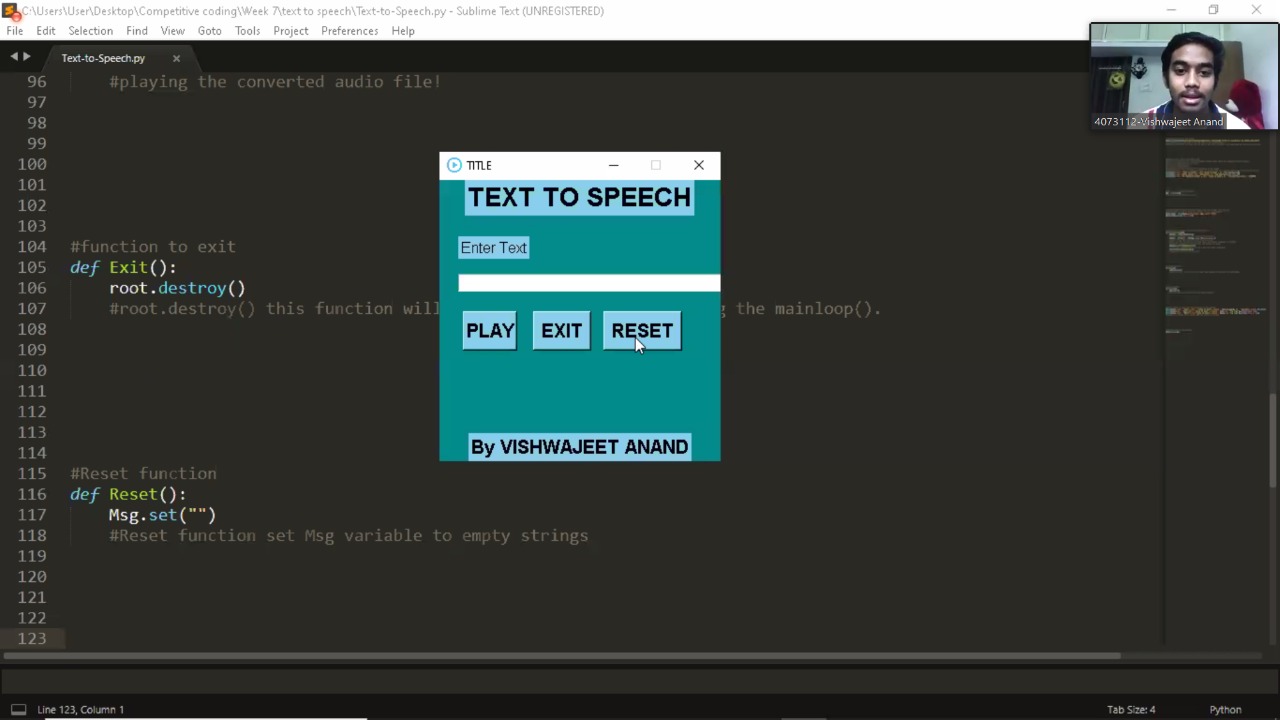Mirror-BERT
Code repo for the EMNLP 2021 paper:
Fast, Effective, and Self-Supervised: Transforming Masked Language Models into Universal Lexical and Sentence Encoders
by Fangyu Liu, Ivan Vulić, Anna Korhonen, and Nigel Collier.
Mirror-BERT is an unsupervised contrastive learning method that converts pretrained language models (PLMs) into universal text encoders. It takes a PLM and a txt file containing raw text as input, and output a strong text embedding model, in just 20-30 seconds. It works well for not only sentence, but also word and phrase representation learning.
Hugginface pretrained models
Sentence enocders:
| model | STS avg. |
|---|---|
| baseline: sentence-bert (supervised) | 74.89 |
| mirror-bert-base-uncased-sentence | 74.51 |
| mirror-roberta-base-sentence | 75.08 |
| mirror-bert-base-uncased-sentence-drophead | 75.16 |
| mirror-roberta-base-sentence-drophead | 76.67 |
Word encoder:
| model | Multi-SimLex (ENG) |
|---|---|
| baseline: fasttext | 52.80 |
| mirror-bert-base-uncased-word | 55.60 |
(Note that the released models would not replicate the exact numbers in the paper, since the reported numbers in the paper are average of three runs.)
Train
For training sentence representations:
>> ./mirror_scripts/mirror_sentence_bert.sh 0,1
where 0,1 are GPU indices. This script should complete in 20-30 seconds on two NVIDIA 2080Ti/3090 GPUs. If you encounter out-of-memory error, consider reducing max_length in the script. Scripts for replicating other models are availible in mirror_scripts/.
Custom data: For training with your custom corpus, simply set --train_dir in the script to your own txt file (one sentence per line). When you do have raw sentences from your target domain, we recommend you always use the in-domain data for optimal performance. E.g., if you aim to create a conversational encoder, sample 10k utterances to train your model!
Supervised training: Organise your training data in the format of text1||text2 and store them one pair per line in a txt file. Then turn on the --pairwise option. text1 and text2 will be regarded as a positive pair in contrastive learning. You can be creative in finding such training pairs and it would be the best if they are from your application domain. E.g., to build an e-commerce QA encoder, the question||answer pairs from the Amazon quesrion-answer dataset could work quite well. Example training script: mirror_scripts/mirror_sentence_roberta_supervised_amazon_qa.sh. Note that when tuned on your in-domain data, you shouldn't expect the model to be good at STS. Instead, the models need to be evaluated on your in-domain task.
Word-level training: Use mirror_scripts/mirror_word_bert.sh.
Encode
It's easy to compute your own sentence embeddings:
from src.mirror_bert import MirrorBERT
model_name = "cambridgeltl/mirror-roberta-base-sentence-drophead"
mirror_bert = MirrorBERT()
mirror_bert.load_model(path=model_name, use_cuda=True)
embeddings = mirror_bert.get_embeddings([
"I transform pre-trained language models into universal text encoders.",
], agg_mode="cls")
print (embeddings.shape)
Evaluate
Evaluate sentence representations:
>> python evaluation/eval.py \
--model_dir "cambridgeltl/mirror-roberta-base-sentence-drophead" \
--agg_mode "cls" \
--dataset sent_all
Evaluate word representations:
>> python evaluation/eval.py \
--model_dir "cambridgeltl/mirror-bert-base-uncased-word" \
--agg_mode "cls" \
--dataset multisimlex_ENG
To test models on other languages, replace ENG to your custom languages. See here for all supported languages on Multi-SimLex.
Citation
@inproceedings{liu2021fast,
title={Fast, Effective, and Self-Supervised: Transforming Masked Language Models into Universal Lexical and Sentence Encoders},
author={Liu, Fangyu and Vuli{\'c}, Ivan and Korhonen, Anna and Collier, Nigel},
booktitle={EMNLP 2021},
year={2021}
}




